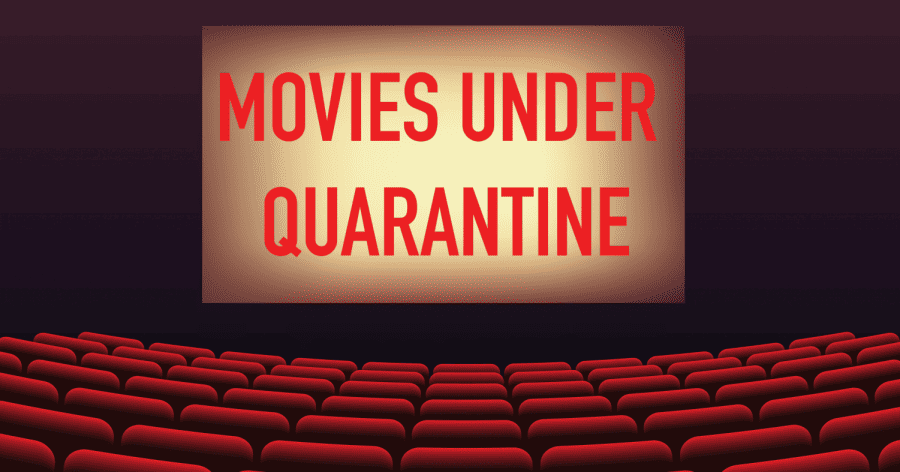Review | Revisiting the classic western that epitomized the genre
Director Sergio Leone had one shot to make an American picture. He didn’t miss.
More stories from Avery Brooks
For the first half-century of cinema’s existence, westerns were by far the most popular genre.
By the 1960s though, the tropes and styles of westerns had ossified, at least in America. Stetson hats, Monument valley, John Wayne and the like didn’t seem as exciting to audiences as they had in decades past. Italy, at that time a major hub of European cinema, was doing things differently. Italian-made westerns (also called Spaghetti Westerns) were not aiming for Oscar glory or rave reviews, but were rather made cheaply and quickly, and dubbed into as many languages as possible to secure international distribution.
This system, one not of high artistic ambition, but of necessity, was the contemporary standard for director Sergio Leone and his countrymen. Nevertheless, Leone injected his films with a great deal of artistry. His first major success, “A Fistful of Dollars” (1964) was a breakthrough with audiences in spite of its being a virtual shot-for-shot remake of Akira Kurosawa’s “Yojimbo” (1961). That, and the success of the rest of the “Man With No Name” trilogy, made a star out of Clint Eastwood and secured a chance for Leone to make a film with an American studio. But, as there always is when financing an expensive production, there was one catch: it had to be a western with big name stars. Leone fulfilled both of these requirements, and in the process he created a piece of cinematic art that stands completely alone.
The first thing a viewer might realize about “Once Upon a Time in the West” (1968) is that it is slow. Very slow. Over nearly three hours Leone unfurls a plot (the details of which are actually pretty simple) with the patience of a man who knows he can get your attention at any time. Sure, the first 10 minutes of the movie feature almost no dialogue or action, and follow characters who will never be seen again, but this doesn’t matter. Leone once said that he directed silent films with dialogue added in for style, which is evident in this film. Sure, there’s a plot, characters and a lot of suspense, but none of those are the point of the film. It is an exercise in style more than anything, of a director at the peak of his abilities toying with an audience. That it is breathlessly entertaining is a nice addition.
The plot follows four characters whose fates intertwine. There is Jill (Claudia Cardinale), a woman who has moved out west and inherited a valuable piece of property after a tragedy; Frank (Henry Fonda), a ruthless assassin working for the railroad; Cheyenne (Jason Robards), a gang leader who has recently escaped from prison; and a mysterious man known only as Harmonica (Charles Bronson), whose backstory I won’t reveal. Over the course of the movie these people make alliances and double-cross each other, all the while fighting over a relatively small piece of property needed to secure the future of a railroad.
Part of the intrigue of the film is in watching these characters each receive an introduction that shows them for who they are. Whether they’re realistic or not, they feel real for the world that Leone is representing on screen, a world of shadowy alliances and constant danger. Everything is heightened. Any sound could represent an enemy approaching, and the drone of an instrument is menacing. Leone matches the tension of his story with his visuals and his soundtrack. Endless desert fills nearly every frame, and the ramshackle buildings and people that inhabit this landscape seem ill-equipped to match the sheer force of the nature that surrounds them. The Ennio Morricone score, though not as iconic as his score for “The Good, The Bad, and The Ugly” (1966), is still conversely rousing and intimate at all the right moments. As a technical exercise, “Once Upon a Time” is practically unimpeachable.
Leone’s obsession with the films of John Ford is very apparent here, though it sometimes seems as if he is trying to improve upon them by adding a more realistic setting and more nuanced characters. Never mind the fact that Ford’s psychologically rich films do upstage this one on a sheer character level: Leone is clearly thrilled to be working with the same tools as the master.
The iconography of westerns is treated so lovingly here that it doesn’t even come across as cliché—it just seems appropriate. In fact, “Once Upon a Time” is arguably the ultimate western, in that it takes the thematic and visual fixations of a half-century of the genre to their ultimate conclusion. There are better westerns, ones with more character depth or more interesting themes. For sheer scope and sheer skill, however, almost nothing compares with “Once Upon a Time in the West.”



